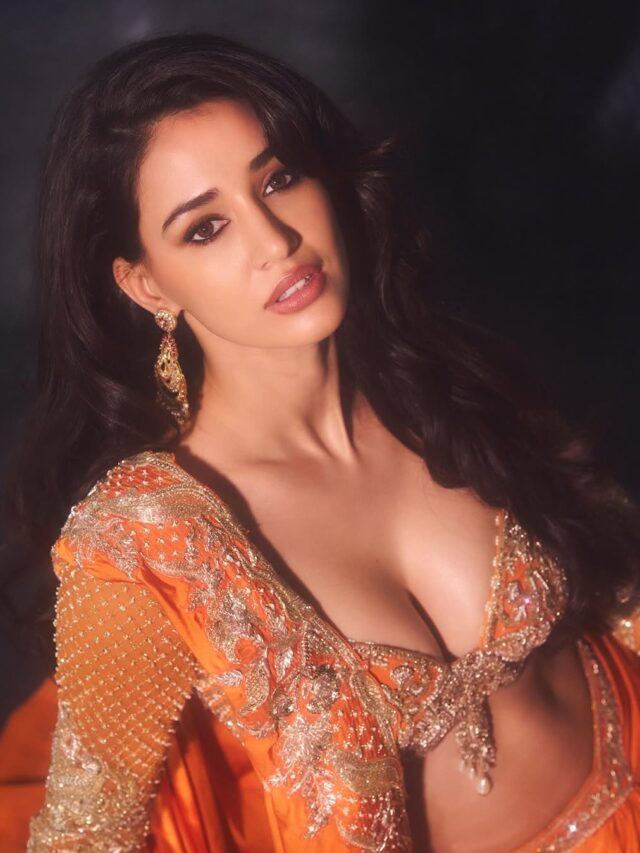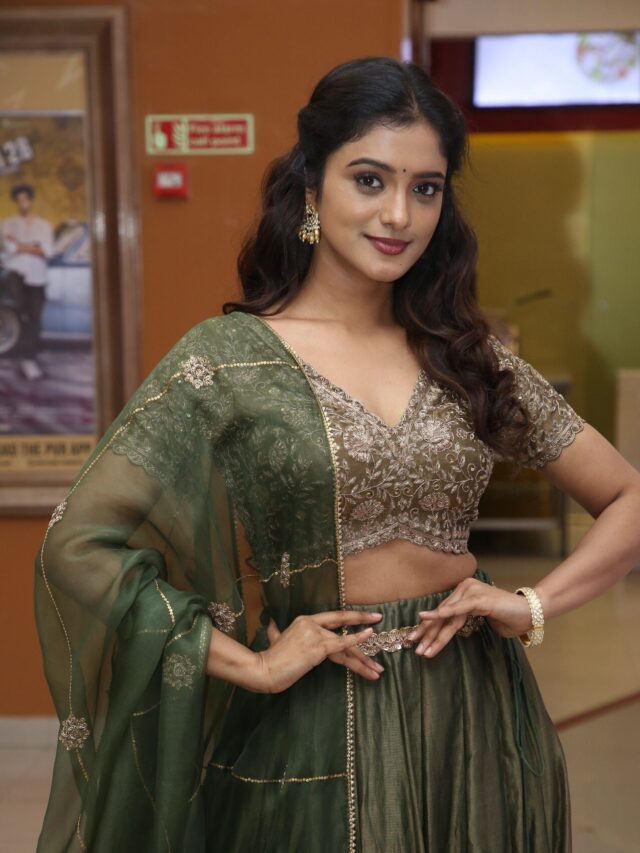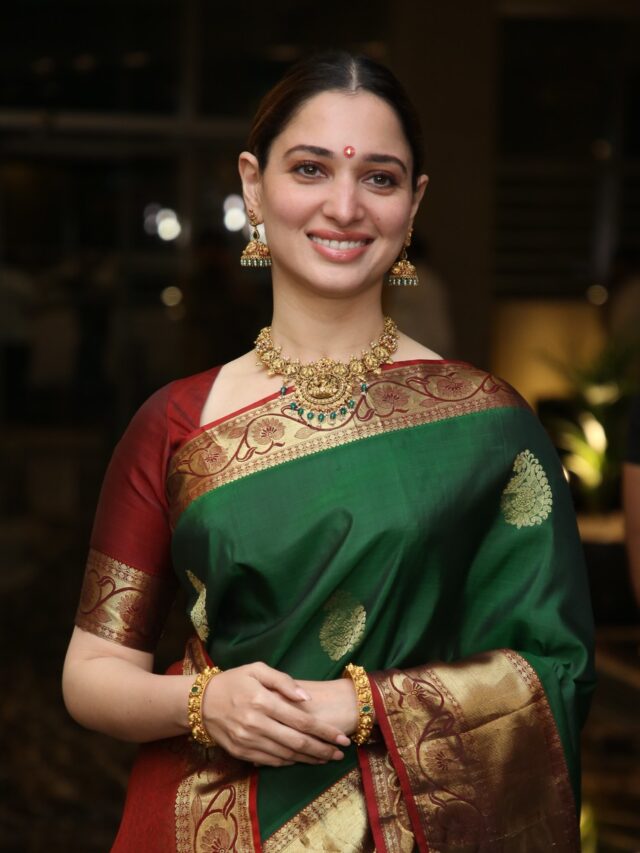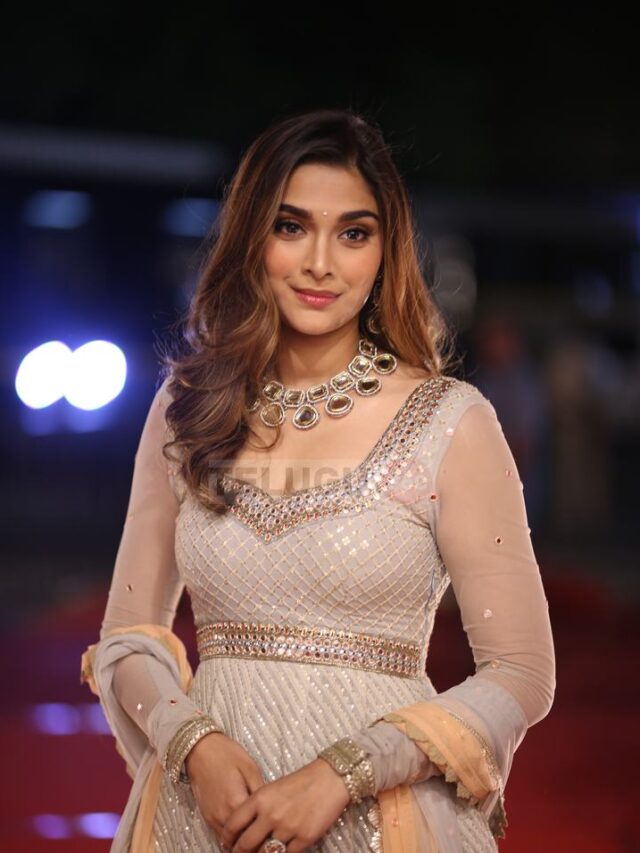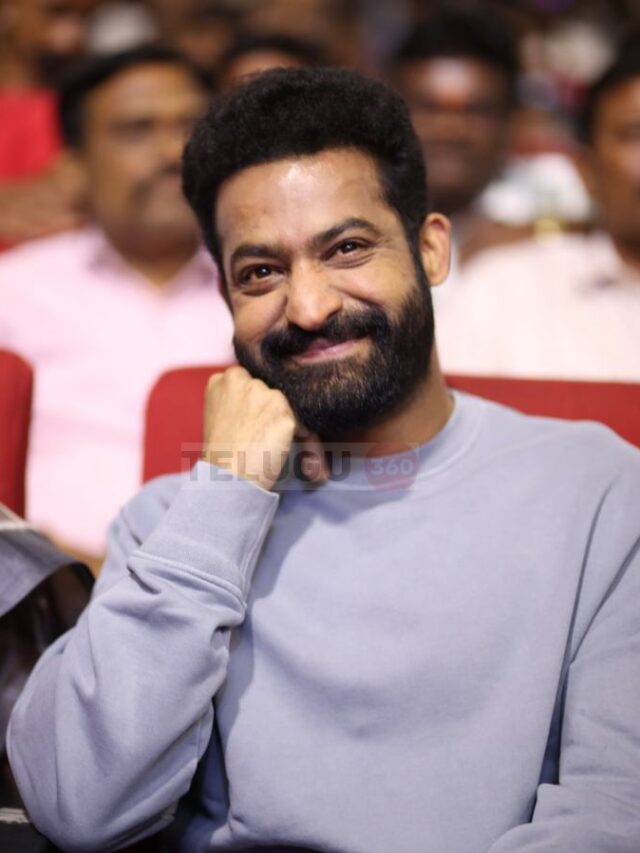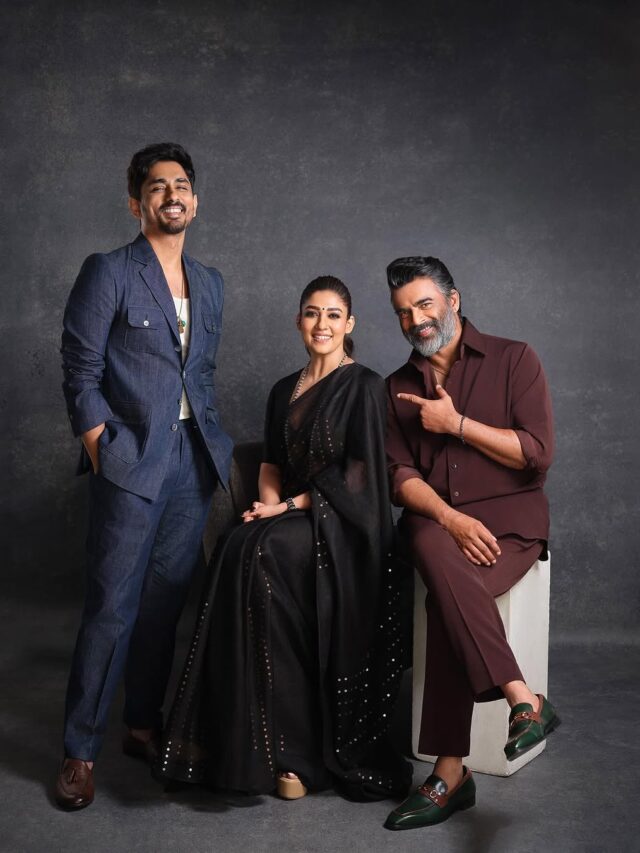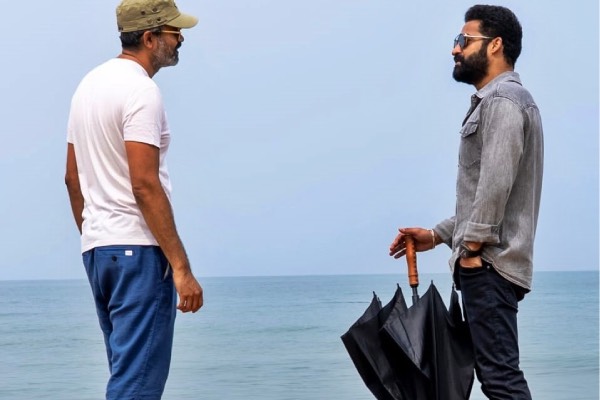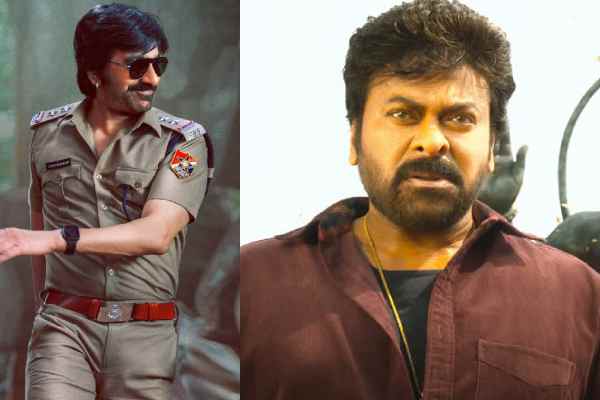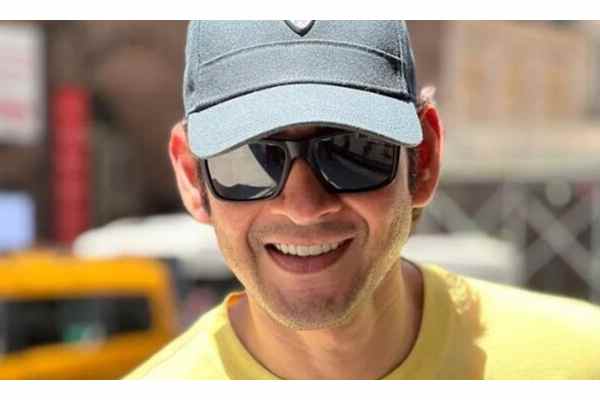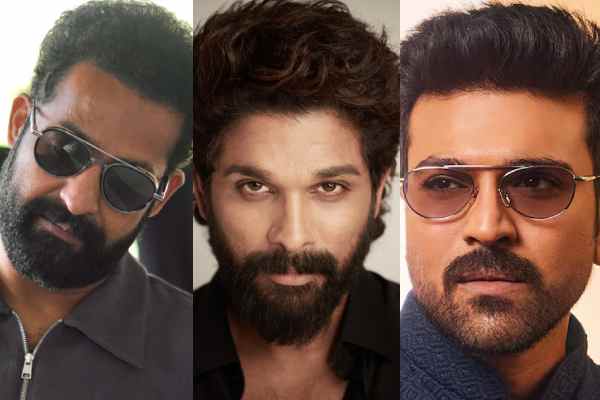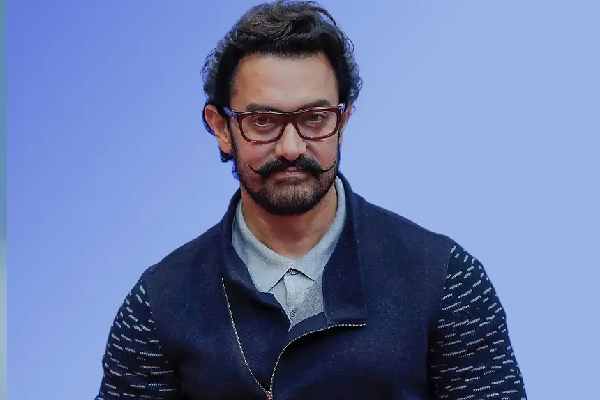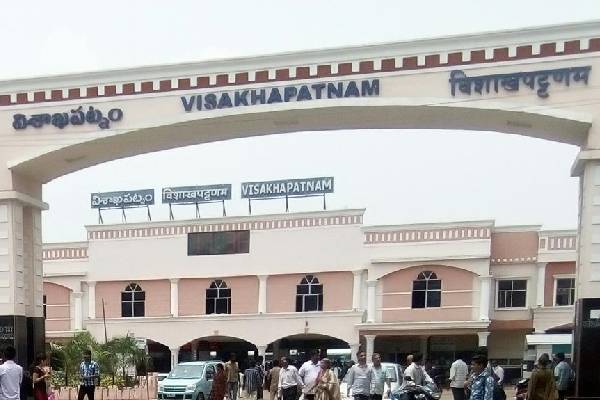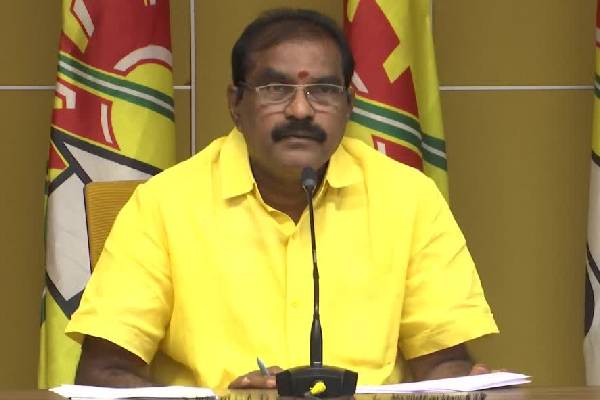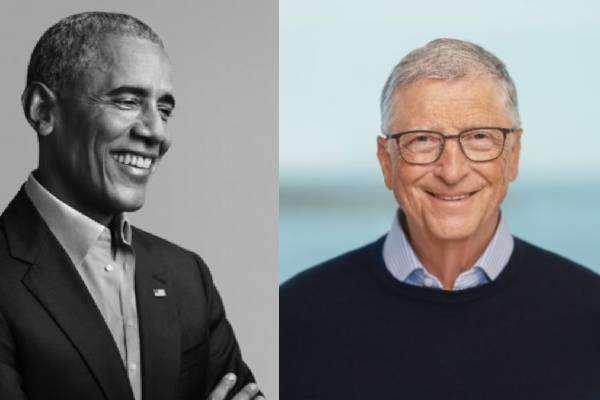The recent South-dubbed film, ‘KGF: Chapter 2’, did at the box office in the first two days what a major original Hindi film takes four to seven days to match — that is, touch the Rs 100-crore mark. And, no, the South films do not need to issue inflated collection figures to the media.
While garnering Rs 100 crore in two days, ‘KGF: Chapter 2’, also set a new first-day record of collecting Rs 53 crore, against the previous best of Rs 51.6 crore by ‘Thugs of Hindustan’, which starred two of the biggest stars of Hindi films, Amitabh Bachchan and Aamir Khan.
Of course, in the case of ‘Thugs Of Hindustan’, the opening draw was purely because of its star combination. The film collapsed big time in the days that followed because it lacked substance.
So, what ails the Hindi film industry, what do its makers lack? Hindi films lack all that the South films count heavily on. To add to that, the audience is taken for granted by stars-turned-filmmakers. Take for example the Salman Khan films post his comeback with ‘Wanted’, a South remake. His films that followed — ‘Bodyguard’, ‘Ready’ and ‘Kick’, and so on — were all South remakes, reshot without noticeable changes, and proved to be hits.
These films brought Salman Khan back into the reckoning. Enough to carry a film on his own strength. ‘Dabangg’, ‘Bajrangi Bhaijaan’, ‘Sultan’ and ‘Tiger Zinda Hai’ benefited because of his new action image.
But then, it was assumed that folks want only Salman Khan. So we got ‘Tubelight’, where he plays a mentally challenged man out in search of his brother who has been missing since the India-China War of 1962, a war that nobody wants to remember. The original was an American film, ‘Little Boy’, about a boy in search of his father who went to fight in World War II.
Was Salman Khan playing a mentally challenged grown-up the same as the young boy in the American film? Apparently, it was not. And there was a dearth of side actors to fill up the screen a la ‘Ready’ or ‘Bodyguard’.
The audience, Salman fans, were again taken for granted in yet another home production, ‘Radhe’, a remake of the South Korean film, ‘The Outlaws’. The film did not bother to introduce its characters and it had no storyline.
A villain had just arrived in Mumbai and taken control of the underworld. Is it that easy to control the underworld anywhere in the world? It looked as if the film had been made by putting together bits and pieces of action scenes deleted from previous Salman films.
Why these two remakes, ‘The Little Boy’ (a failure, otherwise), and ‘The Outlaws’, which was unbearable?!
As for Shah Rukh Khan, he faced the same problem that eventually all actors whose careers are built on romantic films do. He continued with films such as ‘Jab Harry Met Sejal’, ‘Zero’ and ‘Dear Zindagi’, and when he tried to be different in movies like ‘Ra.One’ (a superhero film), ‘Fan’ (self-aggrandizement) or ‘Raees’, he had chosen the wrong subjects, ones which failed to change his image.
Akshay Kumar seemed to be doing all right with varied subjects, which were away from the routine and gaining popularity as well as a fan following. He was doing films with nationalistic themes, such as ‘Baby’, ‘Kesari’, ‘Mission Mangal’, ‘Gold’ and ‘Holiday: A Soldier Is Never Off Duty’, and also films like ‘Padman’ and ‘Toilet: Ek Prem Katha’, which propagated the government’s agenda.
He was also known to do all good things, such as contribute huge sums to causes. What seems to work against him now is his overexposure. He comes up with as many as four films in a year. When that happens, one ends up with duds such as ‘Laxmii’, ‘Bellbottom’, ‘Sooryavanshi’ and ‘Bachchhan Paandey’.
Aamir Khan has been wise to not carry too many films on his shoulders and yet be at the centre of films such as ‘Secret Superstar’ and ‘Dangal’. He displays more script sense and keeps his exposure limited.
There is a new crop of actors such as Ayushmann Khurrana, Sidharth Malhotra, Kartik Aryan, Vicky Kaushal, Rajkummar Rao and Tiger Shroff, who have been coming up with entertaining fare, but none promising superstardom thus far. Their box-office potential is limited. Shahid Kapoor, Ranbir Kapoor and Varun Dhawan have been around for a longer time, still awaiting their tryst with superstardom.
‘Paisa vasool’ was a phrase often used about films in the 1970s and 80s. These were the films starring Dharmendra, Jeetendra, Rajesh Khanna, Amitabh Bachchan and the generation that followed. Rishi Kapoor and Mithun Chakraborty also fitted into the description. They provided wholesome entertainment, which included a balance of romance, drama, comedy and action, but most of all, songs that caught on and helped the film’s prospects. Simply put, these films were worth your while.
Hindi films started losing their audience when they tried to match western trends rather than stick to Indian values. They were shot abroad around themes to justify the locations. The viewers found them alien to their tastes and this spurred the rise of regional-language films.
Now, with admission rates being what they are at multiplexes, the recent lot of Hindi films seem to be falling way short of ‘paisa vasool’ with their limited cast of actors and the stars choosing to stick to a set image in every film.
On their part, the South films stayed rooted to Indian culture, family values and beliefs, and they were infused with the spirit of nationalism. There is rarely a hero who is not fighting for a cause. Be it family honour, injustice or political corruption. Family honour is sacrosanct and so is divine justice, which is delivered in front of a divinity in the climax.
The hero represented the viewer, the hero was doing all that the viewer wished to do. Sing, dance, romance, level up with the villain and fight the establishment. In Hindi films, that ended with Amitabh Bachchan and Sunny Deol films. In the 1980s, films set in rural India stopped being made. When was the last time a Hindi film hero wore a dhoti? I cannot think of anyone after Amitabh Bachchan and Mithun Chakraborty in the 1980s.
Writers of South films make sure that a romance develops on screen as the narrative proceeds. A story is never presented as ‘this is the hero and this is the heroine and they have landed in the film as a couple’. The taming of the shrew formula is still followed. The woman is always presented in a traditional way (when not singing and dancing), especially in family scenes.
Actually, they make an ordinary actress look very much like that ‘model woman’ who used to be idolised in popular magazines such as ‘Chandamama’ or are cast in the image of mythological heroines. And as a rule, there are so many characters in a South film that every viewer finds someone to identify with. Be it a mother, father, sister or a friend.
And, most of all, a hero’s image is not important, his character is. Take for example ‘Pushpa: The Rising’. No glamour anywhere. Those dance steps in the song ‘Srivalli’ are choreographed for the character, not the star, and are being imitated by all, from children to grownups. That is called trendsetting.
I can’t remember when a commercial Hindi film created that kind of a craze. And, somehow, when a South hero takes on a gang of 30-40 goons, he creates an aura around him that makes it look so convincing.
What made ‘RRR’, an anti-British Raj film, such a hit, or, for that matter, ‘KGF: Chapter 2’? They worked because these films have all those ingredients that the Indian viewer identifies with. Then they add crowd, grandeur and finesse.
The hero of a film is given a certain style or look that his fans lap up and keep imitating till the next gimmick catches their fancy. Not many Hindi film stars find that kind of followers. Dev Anand did; so did Rajesh Khanna and Amitabh Bachchan.
Filmmakers in the South are now adding a couple of Hindi actors to their films. ‘RRR’ has Alia Bhatt and Ajay Devgn; ‘KGF: Chapter 2’ features Sanjay Dutt and Raveena Tandon. They are familiar faces for the Hindi audience and help enhance a movie’s national appeal.
Hindi filmmakers in the past used to add a southern hero, such as Rajinikanth or Kamal Haasan, to the star cast because the South had no market for Hindi films. This ploy of adding South stars helped sell a film. It made its acceptance easier in the South.
Will the Hindi film industry revive anytime soon? Not likely. Not in the near future. Not with these dated heroes in their 50s with no new actor with the promise of superstardom. And not till talented writers are found. So far, they are making a mess out of even South remakes, ‘Bachchhan Pandey’ and ‘Jersey’ being the recent examples.
The Latest
Ajay Devgn and Kannada star Kichcha Sudeep have got into a debate on social media. Sudeep was speaking at an event to celebrate the success of ‘KGF 2’, which was not at all meant to arouse reactions from Hindi filmmakers.
Yet, Ajay Devgn, whose ‘Runway 34’, was released on Friday, April 29, took on Sudeep on social media by connecting Sudeep’s comment to the recent suggestion by Union Home Minister, Amit Shah that Hindi should be an alternative to English. He never meant to suggest that it replace the mother tongue or the first language of any state. Sudeep’s film, ‘Vikrant Rona’, is slated to be released in its Hindi-dubbed version across North India.
Ajay Devgn asked why dub your film in Hindi? He seemed to have forgotten that for a long time Hindi films were also released dubbed in South Indian languages.
It has led to a war of words to no avail. The audience decides what they want to watch and the Hindi filmmakers have failed to deliver lately, and the dubbed versions of southern films seem to be capturing the all-India market. The stars and actors know that the South makes better films and, hence, keep buying the remake rights.
What must hurt Ajay Devgn more is that his latest venture as actor-director, ‘Runway 34’, has met with a disastrous opening, collecting just about Rs 3 crore, with many shows in cinemas being transferred to either an old film or, as in Mumbai and Maharashtra, to the Marathi film, ‘Chandramukhi’.
There is no good news either for the younger star, Tiger Shroff. His latest film, ‘Heropanti 2’, has opened with equally poor numbers.







